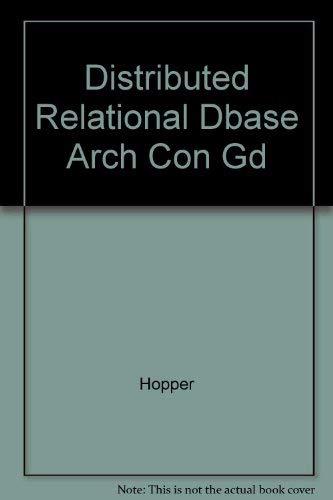Question
I am curious exactly how the MUL command works. I understand it takes two 8 bit numbers from two specific addresses and multiplies them. But
I am curious exactly how the MUL command works. I understand it takes two 8 bit numbers from two specific addresses and multiplies them. But why is the resulting number always a 16bit number. And does it automatically saving it into R0 and R1. For example 1x1 = 1, I don't need 16bits to store that data. We're just learning assembly. We haven't even written our first program. The expectation for this task is not to create a code that compiles but understand how you would approach this type of problem. I have also provided the link at the bottom of this post to the Microchip instruction manual.

https://www.microchip.com/webdoc/avrassembler/avrassembler.wb_MUL.html
Task 3: Write an assembly program that computes the value of a function. Your program can assume the input has already been stored in R16 prior to your program running. Without modifying R16, make a calculation using the following equation. (Hint: Use the ADD, SUB, and MUL commands) f(x) x2-x+1 where x-R16 Store the value f(x) in SRAM at address 0x100. You can ignore overflows and carry bitsStep by Step Solution
There are 3 Steps involved in it
Step: 1

Get Instant Access to Expert-Tailored Solutions
See step-by-step solutions with expert insights and AI powered tools for academic success
Step: 2

Step: 3

Ace Your Homework with AI
Get the answers you need in no time with our AI-driven, step-by-step assistance
Get Started


